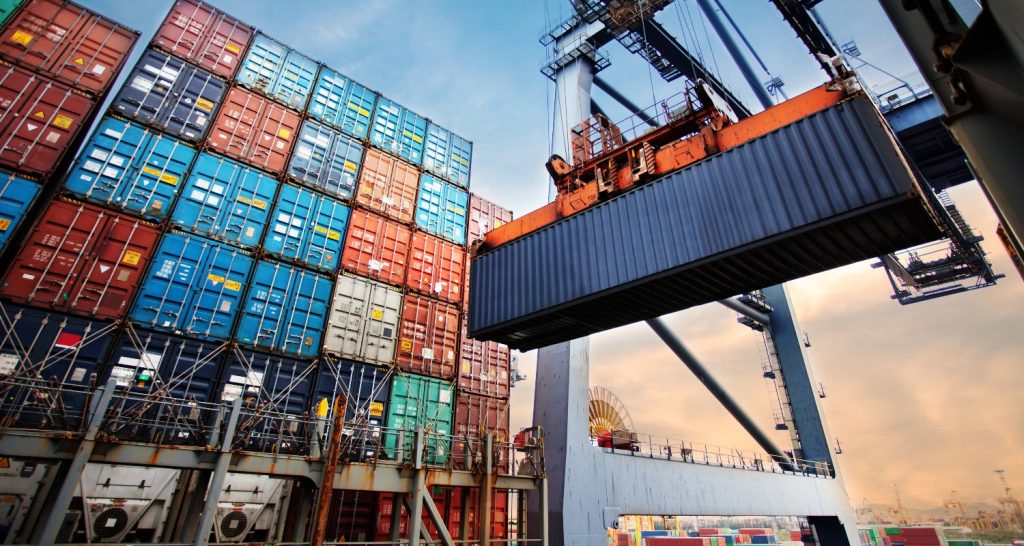Among the sectors that have managed best to circumvent the pandemic in Colombia are agriculture, with a slight growth of 0.7% of exports for the past year, and agro-industrials, which have grown by 4.1%.
According to the Ministry of Commerce, they have seen increases in their exports fresh beef (151.6%), frozen fish (138.7%), panela (30.3%), dairy products and poultry eggs (21%), frozen beef (20%), palm oil (14.8%), sugar (13.7%), coffee concentrates (12.7%), coffee (2.6%), and soybean oil (1.6%).
Fresh fruits include increased sales of mandarins (433.9%), watermelons (73.4%), mangoes (52.8%), oranges (24.8%) tahiti lime (7.9%), among others. Exports of hass avocado increased by 29% and could exceed US$100 million this year for the first time, making it a major player in the agro-export basket.
Exports of manufactured goods are also highlighted. For example, the hubs. In the cumulative as of August, these exports total US$35.9 million, while in the same period last year no more than US$85,000 came out. There are many companies of toiletries, absorption and cleaning implements, chemicals, protective masks, antibacterial gels, multivitamins, and hospital furniture and uniforms that take good advantage of the situation.
There are also cases of goods and services companies belonging to industry 4.0 sectors with cybersecurity services and health software, such as Deepsea, which exported COVID-19 thermal imaging cameras to measure temperature in building and office entrances. Or Vortexbird, whose platform for online events closed negotiations with one of the largest organizers in Panama.
According to the Ministry of Commerce, these exports have been growing: electrical transformers (43.1%), paper-cardboard products (1.6%), discs-tapes-media for recording (22.5%), bodies (701%), cast glass (1.5%), soaps (1.7%), and oral hygiene preparations (2.8%).
To contribute to the revival, and under the “Commitment for Colombia” plan, the Government will prioritize the export of 134 goods to 57 countries, explained Deputy Minister of Foreign Trade, Laura Valdivieso. In this segment it would have already identified 1,911 companies and more than 3,500 international buyers.
In addition, public procurement from other governments needs to be explored. Here the goal is to get 50 companies to sell US$2 million in topics such as coffees and their derivatives, fresh fruits and vegetables, dairy and their derivatives, oils and fats, sugar and agro-industrial, IT software and services, engineering and construction services, hospital and uniform endowment, among others. Opportunities were identified in 21 goods and services with a special emphasis on industries 4.0.
Finally, ProColombia found that regional trade will strengthen after the pandemic as well as nearshoring, much more now for Colombia that holds the pro tempore presidency of the CAN and will be held in November the Virtual Macrorueda of Business of the Americas. “Colombia can lead the economic revival of the region,” said Flavia Santoro, president of ProColombia.





